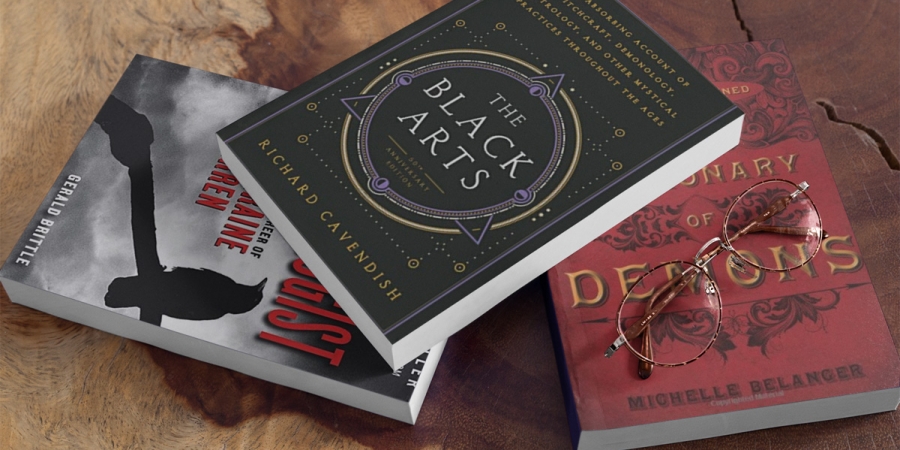

'The Encyclopaedia Of Demons & Demonology' by Rosemary Ellen Guiley
You might be surprised by how big, thick and packed full of interesting information and amazing illustrations this is. The book is very detailed, it is written by a leading expert on the paranormal. She conducts original field investigations of haunted and mysterious sites, and researches entity contact experiences and spirit communications.
The book delves into the conflict between good and evil can be found in every culture, mythical tradition, and religion throughout history and explores this dark aspect of folklore and religion and the role that demons play in the modern world. This comprehensive resource presents more than 400 entries and more than 80 black-and-white photographs documenting beliefs about demons and demonology from ancient history to the present.
The key topics covered include, demons in different cultural and religious traditions, demons in folklore and popular culture, exorcism and other means of confronting demons, historical cases of possession and demon activity, the history of demonology, magic and witchcraft, possession and other demonic phenomena, modern-day demonologists and exorcists, strange creatures and entities related to demons, and types of demons.
'The Demonologist' by Gerald Brittle
This book is an extraordinary first account of evidence of demonic supernatural events and exorcisms taken from the career of husband and wife demonology duo Ed and Lorraine Warren. With thousands of investigations to their credit and over five decades of experience, they reveal what you can expect from a demonic haunting. The book is an interesting read in terms of the symptoms of a haunting, but the book doesn't delve into summoning, controlling or classifying demons.
Ed and Loraine Warren have been considered America's foremost experts on demonology and exorcism. With over 3,000 investigations to their credit, they reveal what actually breaks the peace in haunted houses. Expertly written by Gerald Daniel Brittle, a nonfiction writer with advanced degrees in literature and psychology specialising in mystical theology.
'A Course In Demonology For Paranormal Investigators' by Dr. Lynne Campbell
Dr. Lynne Campbell has produced more than just a book. Her course in demonology includes 13 with homework assignments and a final exam with answers. It is a comprehensive study in demonology covering the things most professionals don't know about the demonic, as well as the stages of possession, ranks of the Infernal Realm, and much more.
The author says that the purpose of this course, is to keep those of us who have been called to help battle the darkness, wiser and safer.
'Satanic Bible' by Anton Szandor LaVey
Originally published in 1969, this interesting book is a great alternative to the usual organised religions. It's not a bible as you'd expect, it's LaVey's teachings which represent his way of living. LaVey's was the founder and High Priest of the Church of Satan as well as a writer, occultist, and musician.
He was the author of The Satanic Bible and the founder of LaVeyan Satanism, a synthesized system of his understanding of human nature and the insights of philosophers who advocated materialism and individualism, for which he claimed no supernatural, metaphysical, or theistic inspiration.
There's a look of stigma attached to Satanist, people often fear what they don't understand. Contrary to popular belief, Satanists don't sacrifice people or animals, this book is more to do with philosophy than its actual religion. It contains a collection of essays, observations, and rituals.
'The Dictionary Of Demons' by Michelle Belanger
This book comes highly recommend for any occultist, demonologist, horror fiction writer or apprentice wizard. Michelle Belanger, an expert and scholar in the paranormal community and the author of several books, brings us the most complete compendium of demons with detailed description of each, based on the simple premise: names have power. Throughout medieval and Renaissance Europe, it was believed that a demon's true name could summon it, compel it, and bind it.
This beautifully packaged book, which includes short articles on many facets of demonology, is destined to become a classic reference work. The content comes from various grimoires and provides just enough information to allow a basic understanding of the different entities.
'Witchcraft: A Very Short Introduction' by Malcolm Gaskill
This pocket-book may call itself a 'very short introduction', but it has more quality information than most books on the subject. It takes you through how witchcraft came about and does this in an easy to understand way. It eloquently and clearly introduces and summaries the theories and theorists of the historical study of witchcraft.
Malcolm Gaskill is Professor of Early Modern History at the University of East Anglia, and is an expert in witch-beliefs and witchcraft trials. Telling stories, delving into court records, and challenging myths, Gaskill examines the witch-hunts of the sixteenth and seventeenth centuries, and explores the reinvention of witchcraft as history, religion, fiction, and metaphor.
Taking a historical perspective from the ancient world to contemporary paganism, Gaskill reveals how witchcraft has meant different things to different people and that in every age it has raised questions about the distinction between fantasy and reality, faith and proof.
'The Black Arts' by Richard Cavendish
'The Black Arts' is a concise history of witchcraft, demonology, astrology, and other mystical practices throughout the ages. Unlike many books on demonology, Richard Cavendish tackles the subject from the standpoint of an atheist. His take on rituals is that they are a way to focus energy through the use of symbolic representations, and not in any alleged supernatural powers.
This text describes the practice, theory, and underlying rationale of black magic in all its branches - the summoning and control of evil spirits, necromancy, psychic attack, devil worship, witchcraft, evil charms and spells - as well as other branches of occult theory.
Cavedish presents a good overview of occultism in general and this is an excellent text for beginners. However, the material is somewhat dated, though the scholarship, insofar as a brief overview goes, is superlative, but if you're looking for a book that will provide understanding of witchcraft through the ages, the whys and hows, then I would recommend this book.
'A Dialogue Concerning Witches and Witchcrafts' by George Gifford
This is a reproduction of a classic text optimised for kindle devices. We have endeavoured to create this version as close to the original artefact as possible. Although occasionally there may be certain imperfections with these old texts, we believe they deserve to be made available for future generations to enjoy.
George Gifford was a Puritan preacher in Maldon, Essex, until trouble with the authorities over his unorthodoxy led to him being stripped of his post. He continued as a lecturer in Maldon, however, until his death in 1600. He wrote many religious tracts, including two on witchcraft.
'The Black Art' by Rollo Ahmed
A very rare book that deserves to be on the shelf of every reader interested in the occult. Rollo Ahmed's book is a well written account of his experiences and involvement in the occult in the 1950s and earlier. It serves well as a good introduction of the history and practices of the occult sciences.
'Prayers That Rout Demons' by John Eckhardt
This book contains powerful warfare prayers and decrees taken from Scripture that will break the powers of darkness and release the blessings and favor of God. This prayer tool includes an introduction to spiritual warfare and biblical principles for praying to overcome demonic influence and oppression.
Readers will learn specifically how to release the fire of the living God to preach, prophesy, heal the sick and cast out demons.
'A Field Guide to Demons' by Carol K. Mack & Dinah Mack
For some base knowledge on different types of demons and things, this is a great book covering demons from all manner of cultures. This is a wonderfully descriptive read in which the authors take us through not only a description of the various creatures but also the lore surrounding them and, perhaps most interestingly of all, 'disarming and dispelling techniques' that tradition has wards them off.
'The History of the Devil' by Paul Carus
What is the Devil and where did the idea of its existence come from?
From ancient Egyptian religions to Judaism, Hinduism to Buddhism, Christianity to Islam, as well as many more, Carus analyses each religion in turn to expose their views of the devil and where those views came from.
Paul Carus provides an extremely thorough survey of various ideas about the devil along with what is good and what is evil.
'The Devil's Scourge' by Girolamo Menghi
Even during the height of the Renaissance, people believed in demonic possession. Only holy men held the power to do battle with the evil spirits. Here is a concise history of demonology and the complete English translation of a sixteenth century manual written by the most authoritative exorcist of Renaissance Italy, Girolamo Menghi. Containing accounts of seven exorcisms, Menghi's manual and Paxia's commentary explain what the signs of demonic possession are and who are the most vulnerable. Paxia also looks at Menghi's life in detail including how he exorcised people and what objects he used during the ceremony. Paxia also investigates how the church first got involved in exorcism and how its view of the devil has changed.
'The Complete Book of Devils and Demons' by Leonard R. N. A
From demons to fallen angels, folk monsters to possession and exorcism, Satanic pacts to black masses, humans have tried to define and combat evil throughout the centuries. Worried about evil influences in your own life or just curious to learn more? The Complete Book of Devils and Demons is your guide to the history of otherworldly evils among men and the practices surrounding their elimination or worship. Read within to learn about zombies and ritual magic, the princes of Hell, which demons are to be courted for power or feared for the diseases they carry, and so much more. The Complete Book of Devils and Demons is a complete history—of the dark side.
'The History of Witchcraft and Demonology' by Montague Summers
The Reverend Montague Summers was a Roman Catholic priest. However, his views on witchcraft and demonology differed considerably from those of Catholic encyclopedists and spokesmen of today. He is not ashamed of the greatest excesses committed in the seventeenth and eighteenth centuries. On the contrary, he vigorously defends everything the Church ever did to extirpate witchcraft and heresy.
This book was written from what critics have called a medieval viewpoint, an absolute and complete belief in witchcraft and, hence, in the supernatural. Among the subjects covered by Dr. Summers are: The Witch; Heretic and Anarchist; Demons and Familiars; the Sabbat; the Witch in Holy Writ; Diabolic Possession and Modern Spiritism; and the Witch in Dramatic Literature.
'Letters on Demonology and Witchcraft' by Sir Walter Scott
Sir Walter Scott wrote Letters on Demonology and Witchcraft for Murray's Family Library (a series of books on diverse topics to be published in cheap five shilling volumes) at the request of his son-in-law, J.G. Lockhart. The books does indeed take the form of letters covering areas of demonology and witchcraft from biblical times to current day. Scott's approach to the subject is one of skepticism and rational thought -- superstitions and beliefs are often the cause of a lack of understanding of strange cultures and religions.
Sir Walter Scott, 1st Baronet (1771 - 1832) was a Scottish historical novelist, playwright and poet. Many of his works remain classics of both English-language literature and of Scottish literature. Famous titles include Ivanhoe, Rob Roy, Old Mortality, The Lady of the Lake, Waverley, The Heart of Midlothian and The Bride of Lammermoor. Although primarily remembered for his extensive literary works and his political engagement, Scott was an advocate, judge and legal administrator by profession, and throughout his career combined his writing and editing work with his daily occupation as Clerk of Session and Sheriff-Depute of Selkirkshire.
'The Gardnerian Book of Shadows' by Gerald E. Gardner
The Book of Shadows is a collection of magical and religious texts of Wicca and other Neopagan witchcraft traditions, containing the core rituals, magical practices, ethics and philosophy of a Wiccan or other tradition. In Wicca, it is normally copied by hand from the book of one's initiating High Priestess or Priest, who copied theirs from their initiator. In modern Eclectic Wiccan terminology, however, a Book of Shadows is a personal magical journal rather than a traditional text.
'Witchcraft and Demonology' by Francis X. King
A concise, authoritative account of magic and mystery from the myths of the ancient world to modern day voodoo and devil worship. The author illuminates the hidden realms of witches, sorcerers and satanists, demons, diabolists and occultists.
'The Devil's Dictionary' by Ambrose Bierce
The Devil's Dictionary is a satirical dictionary written by American journalist and author Ambrose Bierce. Originally published in 1906 as The Cynic's Word Book, it features Bierce's witty and often ironic spin on many common English words. Retitled in 1911, it has been followed by numerous "unabridged" versions compiled after Bierce's death, which include definitions absent from earlier editions.The Devil's Dictionary began during Bierce's time as a columnist for the San Francisco News Letter, a small weekly financial magazine founded by Frederick Marriott in the late 1850s. Although it was a serious magazine aimed at businessmen, it contained a page of informal satirical content titled "The Town Crier". Hired as the "Crier" 's editor in December 1868, Bierce wrote satire with such irreverence and lack of inhibition he was nicknamed "the laughing devil of San Francisco".
'The Encyclopedia of Witchcraft and Demonology' by Rossell Hope Robbins
With research sourced by the world's greatest libraries, Robbins has compiled a rational, balanced history of 300 years of horror concentrated primarily in Western Europe. Spanning from the 15th century through the 18th century, the witch-hunt frenzy marks a period of suppressed rational thought; never before have so many been so wrong. To better understand this phenomenon, Robbins examines how the meaning of "witch" has evolved and exposes the true nature of witchcraft - a topic widely discussed in popular culture, though remarkably misunderstood.
First published in 1959, Robbins' encyclopedia remains the most authoritative and comprehensive body of information about witchcraft and demonology ever compiled in a single volume. Lavishly acclaimed in academic and popular reviews, this full-scale compendium of fact, history, and legend covers about every phase of this fascinating subject from its origins in the medieval times to its last eruptions in the 18th century. Accompanying the text are 250 illustrations from rare books, contemporary prints, and old manuscripts, many of which have been published here for the first time.
'The Book of Curses: True Tales of Voodoo, Hoodoo and Hex' by Stuart Gordon
From the curse of Tutankhamun's tomb to the Hawaiian death prayer and from Haitian voodoo and zombie poison to the case of Carole Compton, the Scottish nanny accused of being a witch while working as an au pair in Italy in the early 1980s.
'The Hammer of Witches: A Complete Translation of the Malleus Maleficarum' by Christopher S Mackay
The Malleus Maleficarum, first published in 1486–7, is the standard medieval text on witchcraft and it remained in print throughout the early modern period. Its descriptions of the evil acts of witches and the ways to exterminate them continue to contribute to our knowledge of early modern law, religion and society. Mackay's highly acclaimed translation, based on his extensive research and detailed analysis of the Latin text, is the only complete English version available, and the most reliable. Now available in a single volume, this key text is at last accessible to students and scholars of medieval history and literature. With detailed explanatory notes and a guide to further reading, this volume offers a unique insight into the fifteenth-century mind and its sense of sin, punishment and retribution.
'Demons and Spirits of the Land' by Claude Lecouteux
Our pagan ancestors knew that every forest has brownies and fairies, every spring its lady, and every river malevolent beings in its depths. They told tales of giants in the hills, dragons in the lakes, marshes swarming with will-o'-the-wisps, and demons and wild folk in the mountains who enjoyed causing landslides, avalanches, and floods. They both feared and respected these entities, knowing the importance of appeasing them for safe travel and a prosperous homestead.
Lecouteux reveals how, despite outright Church suppression, belief in these spirits carried through to modern times and was a primary influence on architecture, an influence still visible in today's buildings. The author also shows how our ancestors' concern for respecting nature is increasingly relevant in today's world.
Further Reading
Dive into the world of the paranormal and unexplained with books by Higgypop creator and writer Steve Higgins.

Demystifying The Oracle
A balanced look at Ouija boards, exploring whether they are toys, tools, or dangerous occult devices.
Buy Now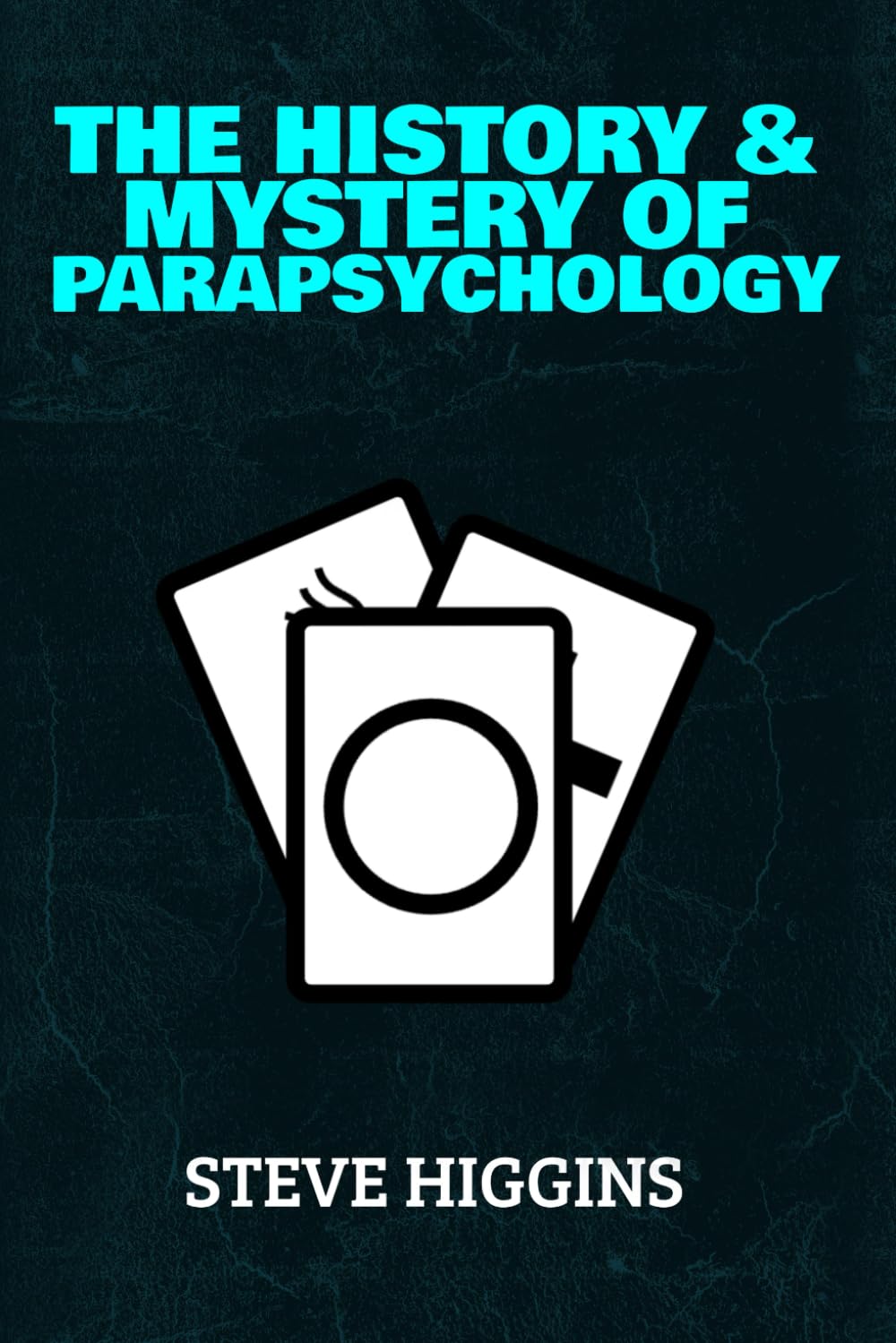
The History & Mystery Of Parapsychology
A deep dive into paranormal phenomena, exploring history, science, and psychology.
Buy NowMore Like This
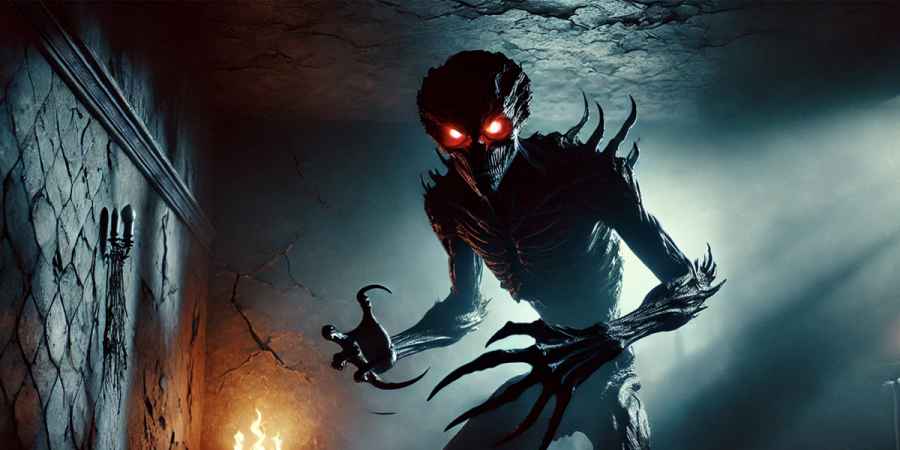
I've Witnessed Zozo Dozens Of Times – Here's How I Survived
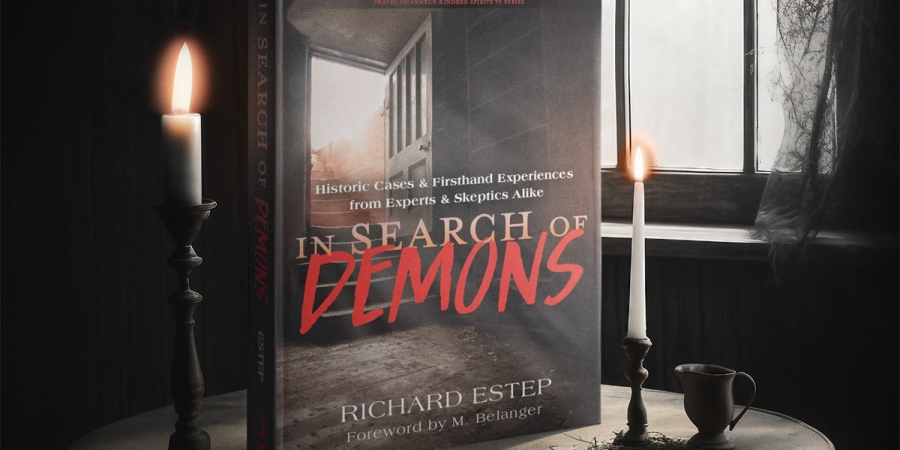
Richard Estep Explores The Demonic In His New Book 'In Search Of Demons'
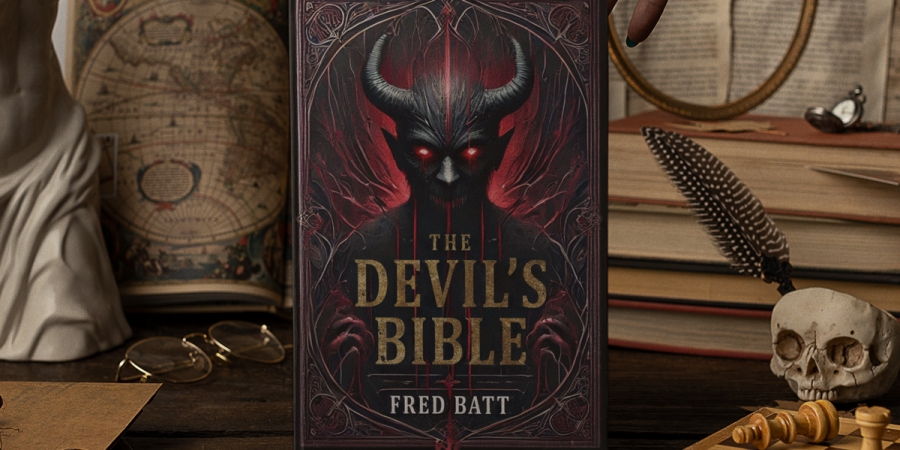
Fred Batt Reveals Dark Secrets Behind His New Book 'The Devil's Bible'
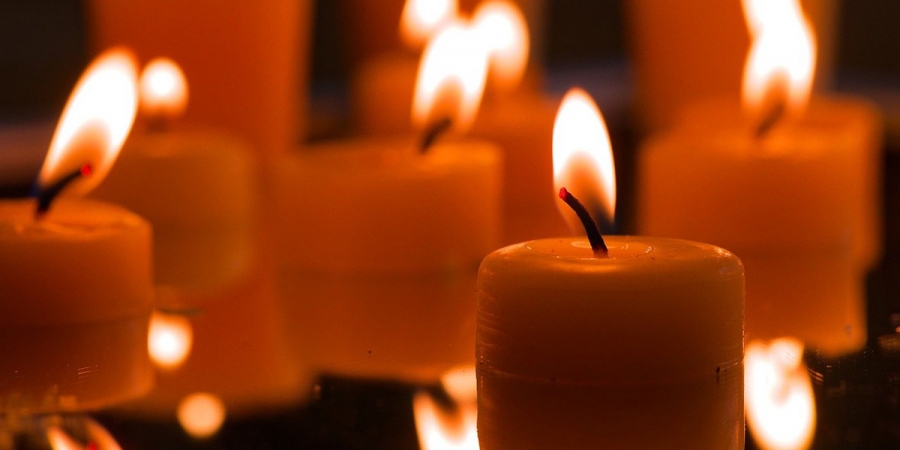
Uncovering The Secrets Of The Black Mass Ritual
 See More on Audible
See More on Audible
Comments
Want To Join The Conversation?
Sign in or create an account to leave a comment.
Sign In
Create Account
Account Settings
Be the first to comment.